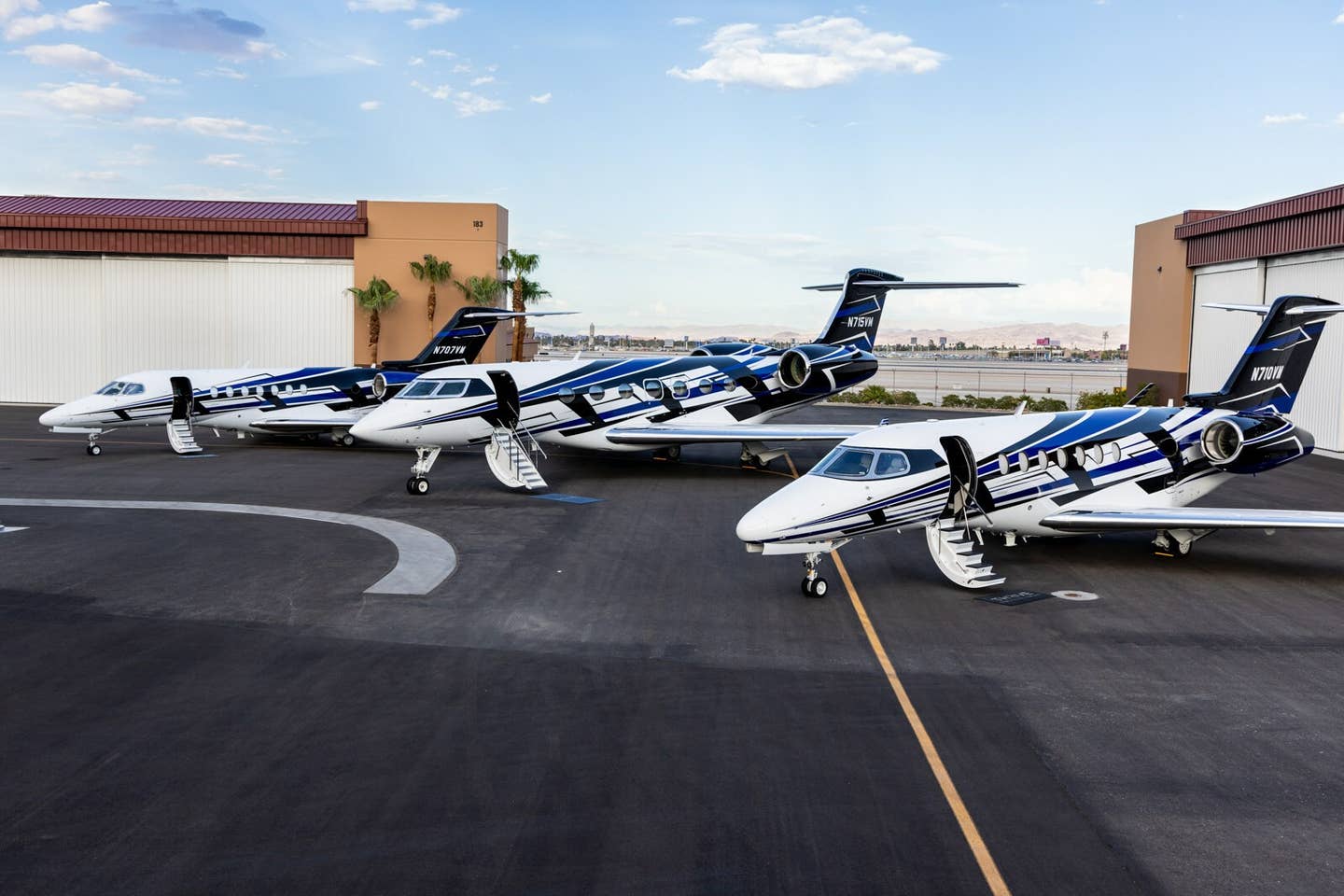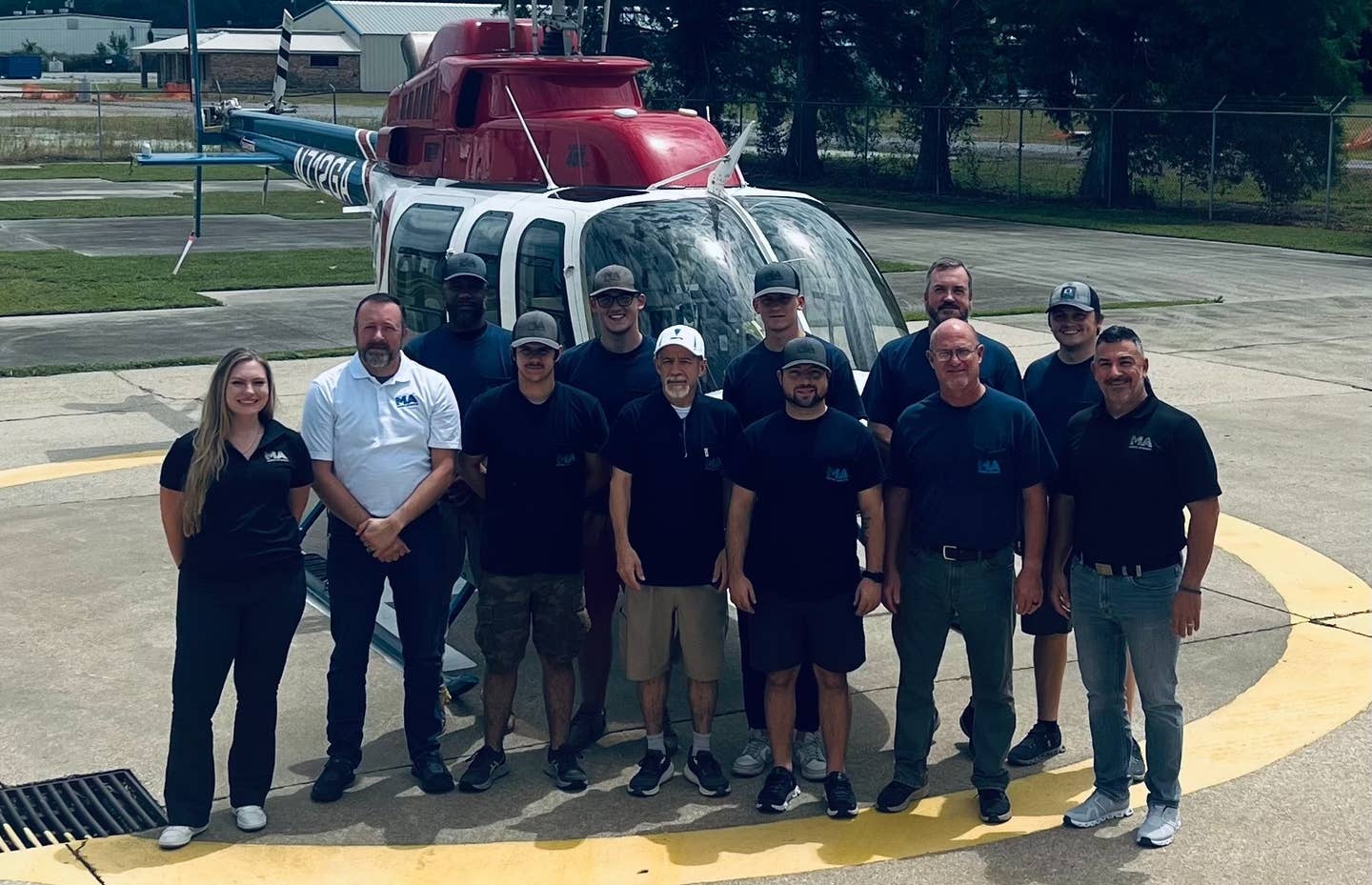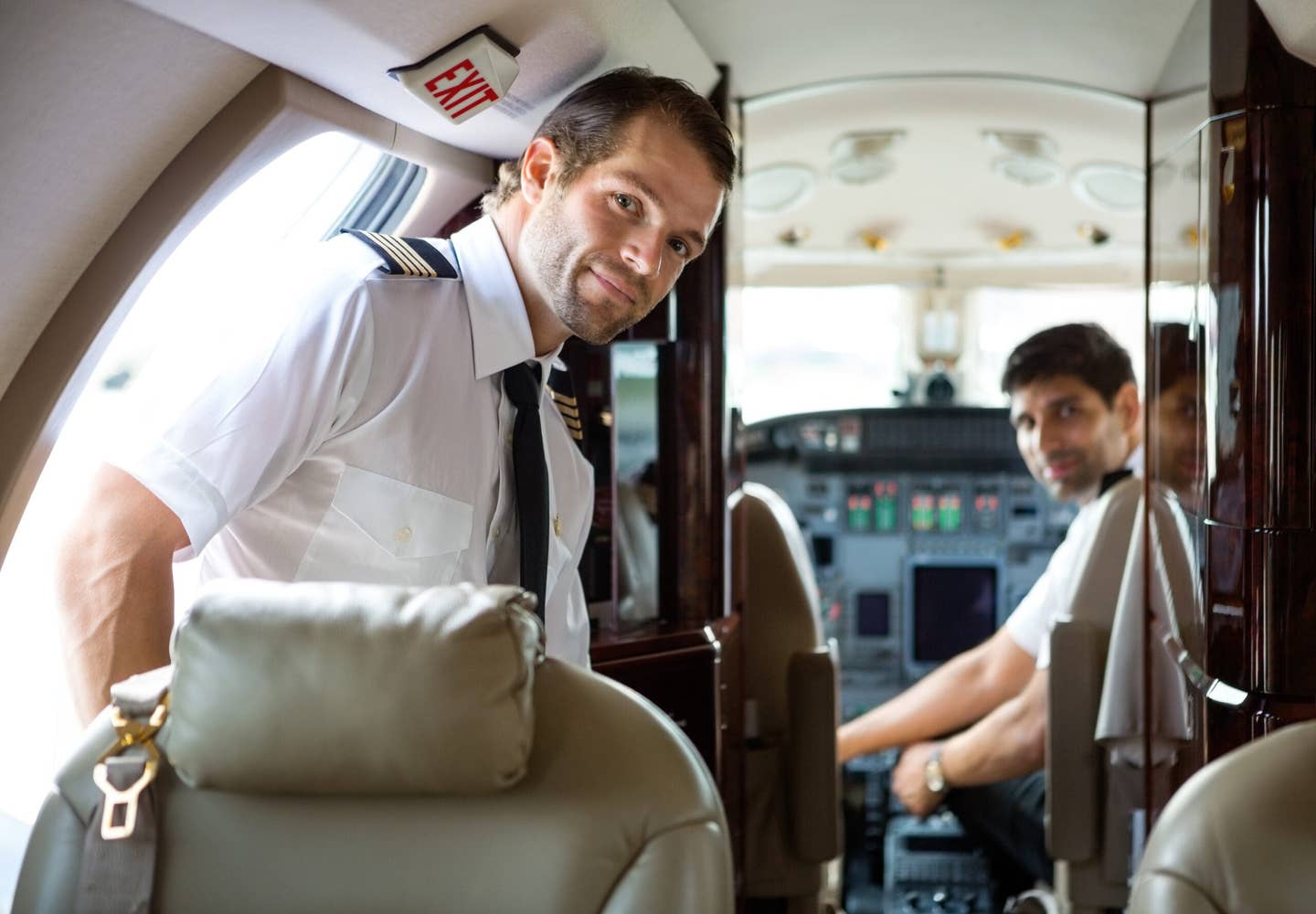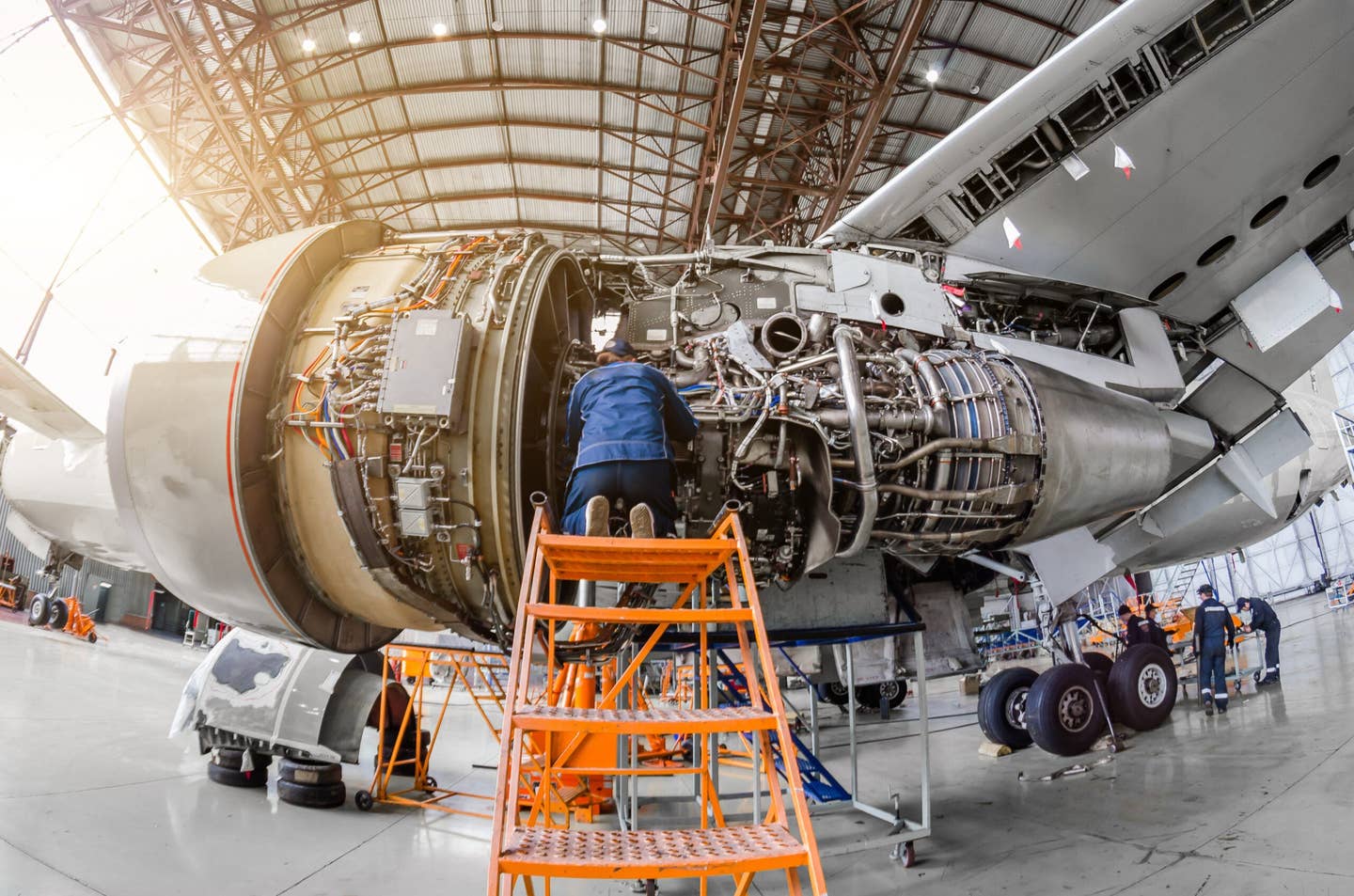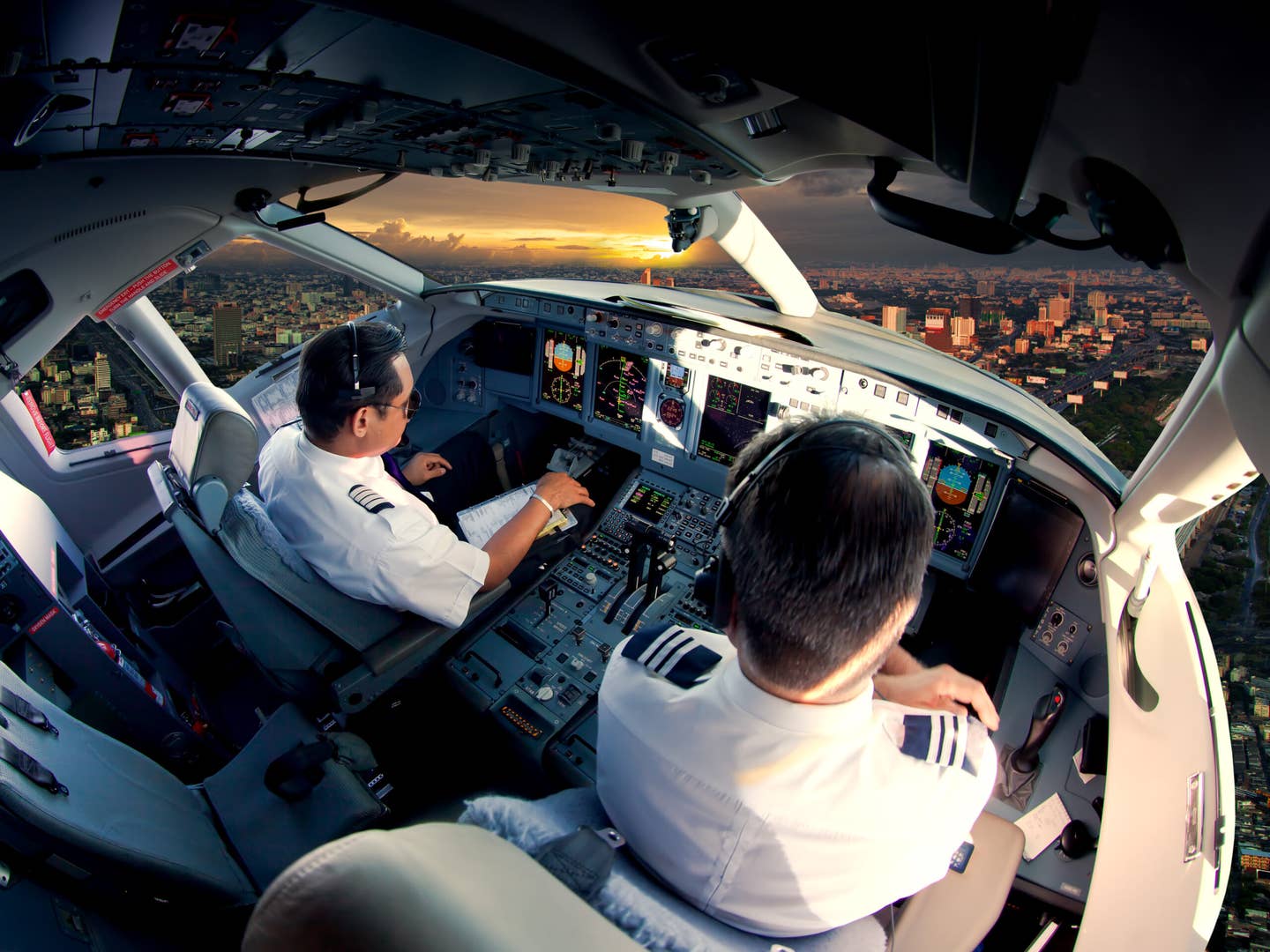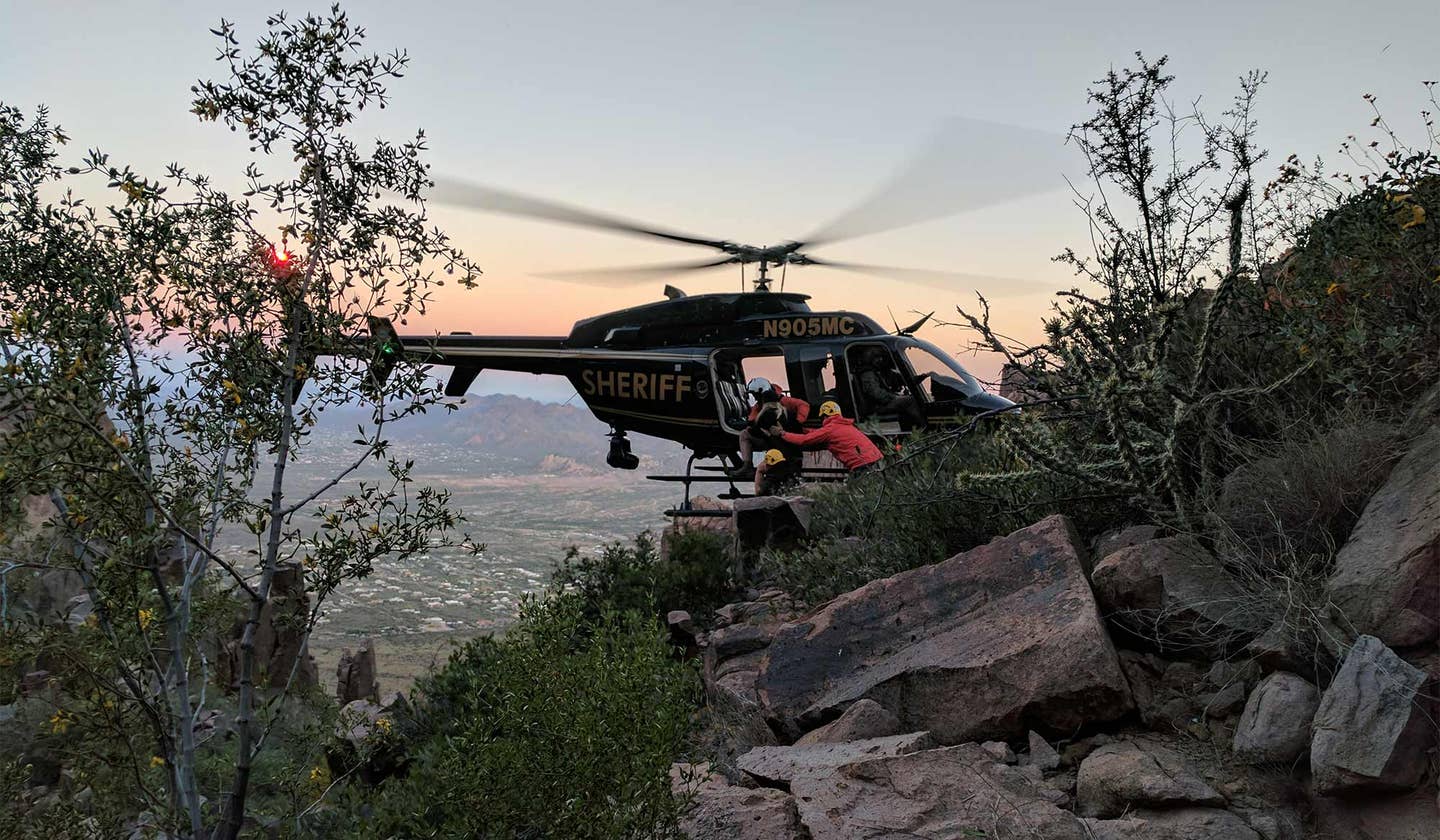
A Bell 407 is among the fixed and rotor wing aircraft operated by the Maricopa County Sheriff’s Office in Arizona. APSA
Today’s airborne law enforcement (ALE) pilots perform more than police work. At the California Highway Patrol (CHP), law enforcement is halfway down the list of aircrews’ seven missions, superseded by emergency response, homeland security and rural roadway patrol. “All these missions are about public service,” says Lt. Mike Sedam, commander of CHP’s Office of Air Operations, whose 88 pilots operate 15 fixed-wing and 15 rotor aircraft.
“That’s an emerging trend,” says Sgt. David Hall, of Colorado State Patrol’s (CSP) Aircraft Section, speaking of efforts among many ALE forces to “break down the silos” and use their assets to meet a variety of state needs. “Ten years from now, the term will be public-safety aviation rather than law enforcement,” says Hall, whose five pilots provide state transportation as well as police services with their fixed-wing fleet.
It’s happening already. The venerable Airborne Law Enforcement Association will change its name on January 1, 2018, to the Airborne Public Safety Association (APSA), in order “to be more inclusive” of its variety of missions and the sister agencies ALE pilots often work alongside, says APSA’s executive director and CEO Daniel Schwarzbach, a senior officer and helicopter pilot with the Houston Police Department. ALE operators have “added hoists [for EMS], buckets for firefighting, and search-and-rescue [capabilities]” to pilots’ work scopes, Schwarzbach notes.
The number of ALE pilot jobs is unknown. A decade ago, a groundbreaking Census of Law Enforcement Aviation Units found about 200 agencies in 46 states and the District of Columbia operated more than 900 law enforcement aircraft and employed some 1,700 pilots. APSA, which has some 3,500 individual members, estimates today about 400 law enforcement agencies — state and municipal departments, along with federal agencies such as Customs and Border Protection, the FBI and Department of Justice — operate manned aircraft. Even the National Park Service has ALE pilots among its park ranger police force.
Most state and municipal ALE operators require applicants to have a bachelor’s degree and at least two years of law enforcement experience within the department. Flying qualifications vary but may mandate an instrument rating and commercial license. Such candidates often aren’t hard to find.
“There’s a surprising number of private pilots in the Colorado State Patrol — not flying as a career but as a hobby,” says Hall, who got his pilot’s license in 2006. “The type of people attracted to law enforcement are attracted to aviation.”
Nonetheless, some flight time requirements constrict the pool of potential ALE pilots, and APSA and the Helicopter Association International are working with insurance companies — which often set these requirements — to ensure they are appropriate.
Employment opportunities typically parallel state budgets, and thus are now basically static. Given the satisfactions that come with public-safety missions, once hired, pilots are reluctant to relinquish these positions. CHP’s Sedam could be talking of ALE pilots anywhere when he says, “They can change the trajectory of somebody’s life for the better from tragedy, and affect entire generations in a matter of moments.”
More information on ALE pilot jobs is available here.

Subscribe to Our Newsletter
Get the latest FLYING stories delivered directly to your inbox

